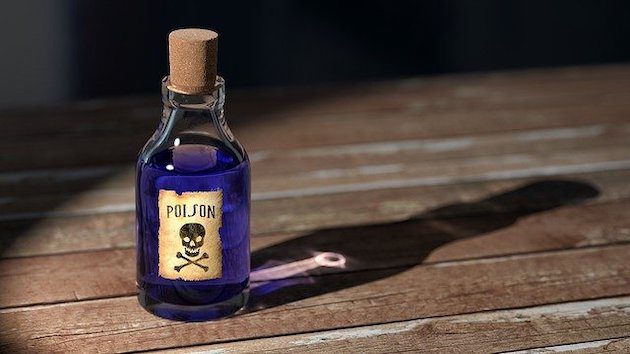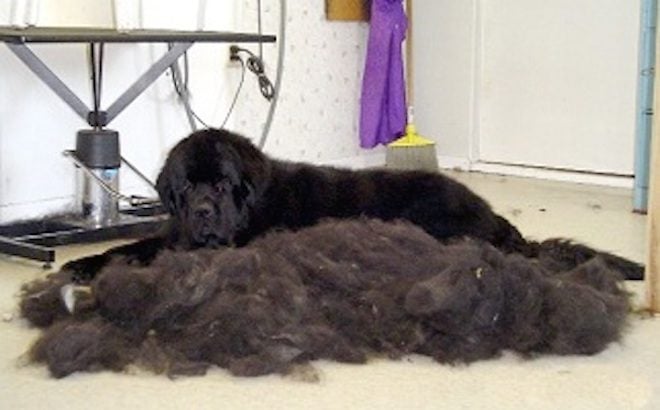What To Do In Case Your Dog Is Accidentally Poisoned
Almost all dogs eat something they shouldn’t at one time or another. When they do, you need to know what to do if what they’ve ingested is toxic or dangerous. Having a emergency first-aid kit ready to help treat accidental poisonings could save your dog’s life.
What to do in case your dog is poisoned
If you witness your dog consuming material that you suspect might be toxic, seek emergency assistance right away, even if you do not notice any adverse effects. Sometimes, even if poisoned, a dog may appear normal for several hours or up to several days after the incident.
Take 30 to 60 seconds to safely collect any material you suspect may involved in poisoning your dog. This may be of great help to your veterinarian, emergency animal hospital and/or emergency pet poison helpline toxicologists such as ASPCA’s Animal Poison Control Center (APCC) or the Pet Poison Helpline in determining what poison or poisons are involved and the possible harm it can cause your pet.
If you need to take your dog to a veterinarian, be sure to take the materials in a container with you, if at all possible. Also, collect in a sealable plastic bag any material your dog may have vomited or chewed.

If your dog is having seizures, losing consciousness, is unconscious or is having difficulty breathing, it’s recommended that you contact your local veterinarian or emergency veterinary clinic and bring your dog to them as fast as possible.
If your dog is choking or having difficulty breathing, check to see if your dog has an obstruction in his/her airway. If he does, you may need to perform the Heimlich Maneuver.
If your dog stops breathing, you may need to administer CPR to your dog. However, only administer CPR if advised to do so by your vet, as caution should be taken to not further harm your dog or harm yourself (by coming in contact with the toxic substance). Read our article: CPR for dogs.
How you can prepare for poisoning emergencies
- Keep the telephone number of your local Animal Poison Control Center, as well as that of your veterinarian and emergency veterinary clinic, in a prominent location.
- Invest in an emergency first-aid kit for your dog. The kit should contain items such as:
- A fresh bottle of hydrogen peroxide, 3 percent USP (to induce vomiting).
- A turkey baster, bulb syringe or large medicine syringe (to administer peroxide)
- Saline eye solution
- Artificial tear gel (to lubricate eyes after flushing)
- Mild grease-cutting dishwashing liquid (for bathing an animal after skin contamination)
- Forceps (to remove stingers)
- A muzzle (to protect against fear- or excitement-induced biting)
- A can of your dog’s favorite wet food (if applicable)
- A pet carrier (should you have space)
Always consult a veterinarian or your local poison control center on how, and when, to use any emergency first-aid item.


There are also 24-hour emergency pet poisoning help lines. The ASPCA has the Animal Poison Control Center’s (APCC) 24-hour hotline which can be reached at (888) 426-4435 for directions on how and when to use any emergency first-aid item (in the US only). Note the APCC is available in the US only and a consultation fee may be charged for calls to the APCC hotline).
Another service is run by Pet Poison Helpline which is available throughout the US, Canada and the Caribbean at (855) 764-7661. Fees apply.
These services often compile top 10 lists of the most common items that poison pets. These include:
- Prescription Human Medications – such as antidepressants
- Insecticides (refer to our article: Garden and yard safety for your dog)
- Over-the-counter Human Medications (such as ibuprofen and acetaminophen)
- People Food – such as chocolate, grapes, sugarless gum (xylitol) (refer to our series of articles: Toxic Food for dogs)
- Household Products – such as mothballs, paint, fire logs
- Veterinary Medications
- Rodenticides (mice and rat poisons)
- Plants – such as Sago palms, lilies of the valley, heliotrope etc.
- Lawn and Garden Products – such as fertilizers made of dried blood, poultry manure, bone meal
- Automotive Products – such as antifreeze, brake fluid.
There are also increasing number of environmental poisoning risks such as people leaving marijuana out, mushrooms and blue green algae. Cynobacteria (otherwise known as blue green algae is one of the most serious). You can read more here.
Disclaimer: The content in this article is not intended to be a substitute for professional medical advice, diagnosis, or treatment. Always seek the advice of your dogs veterinarian or other qualified health provider with any questions you may have regarding a possible medical emergency.






